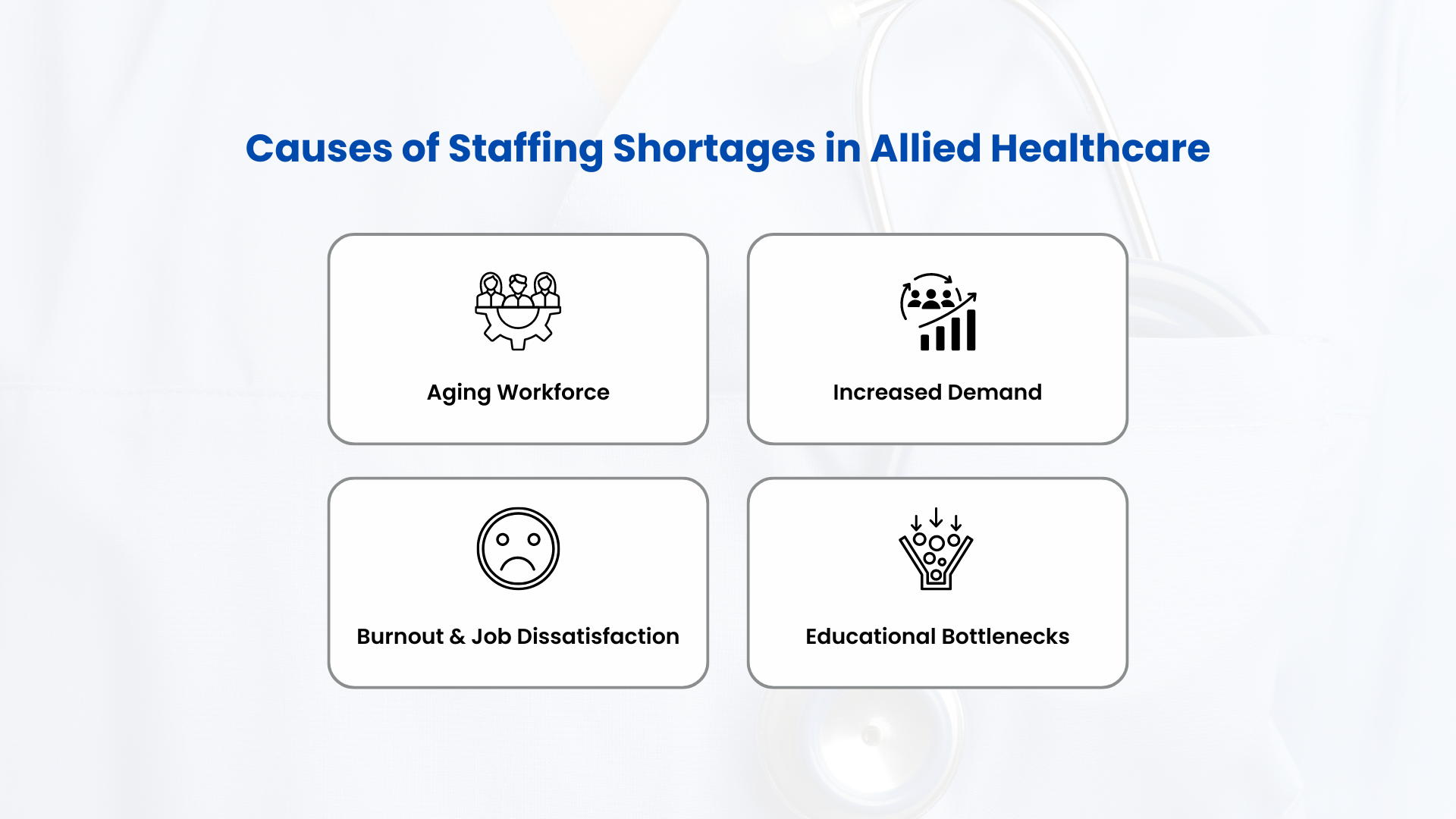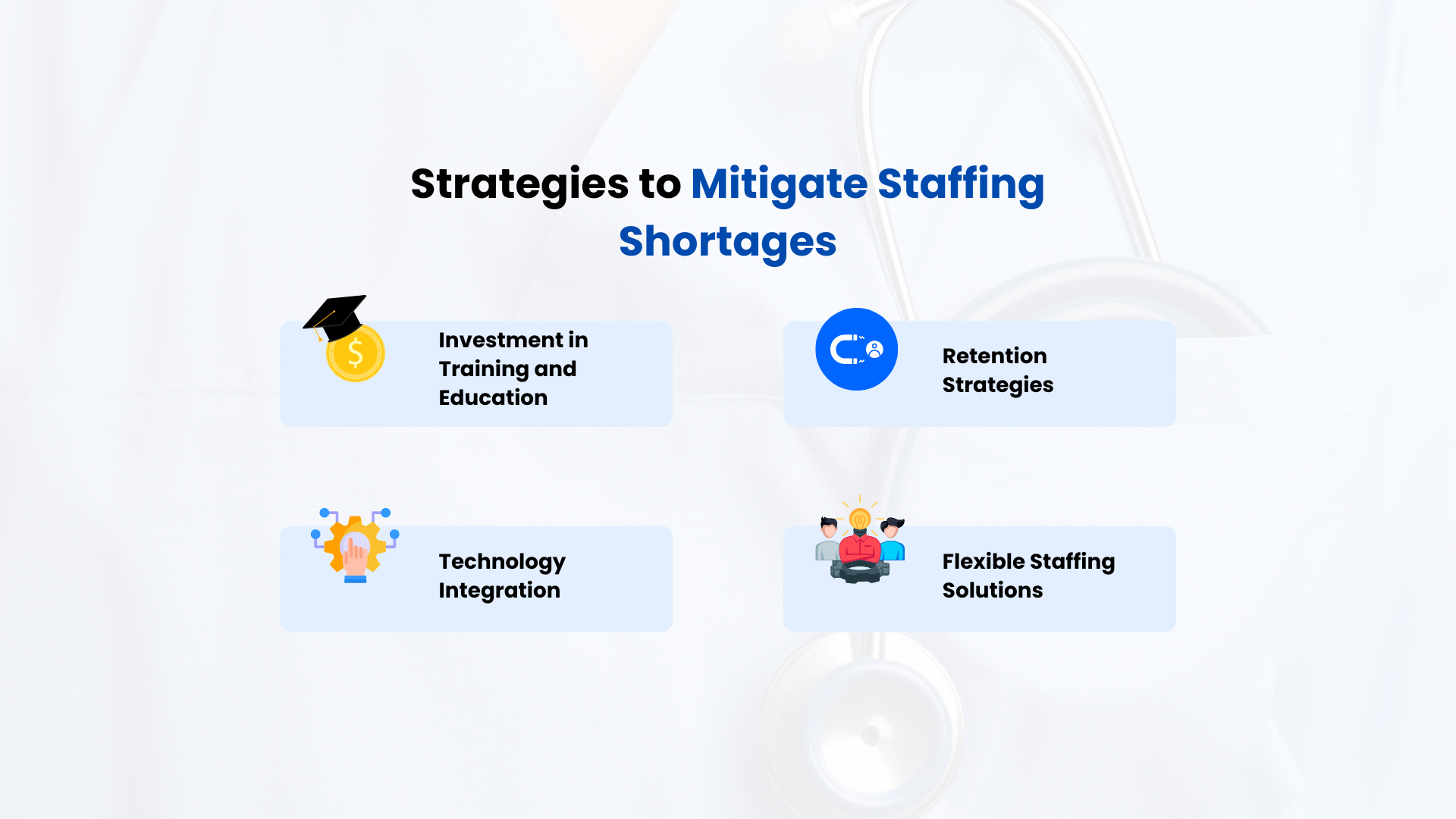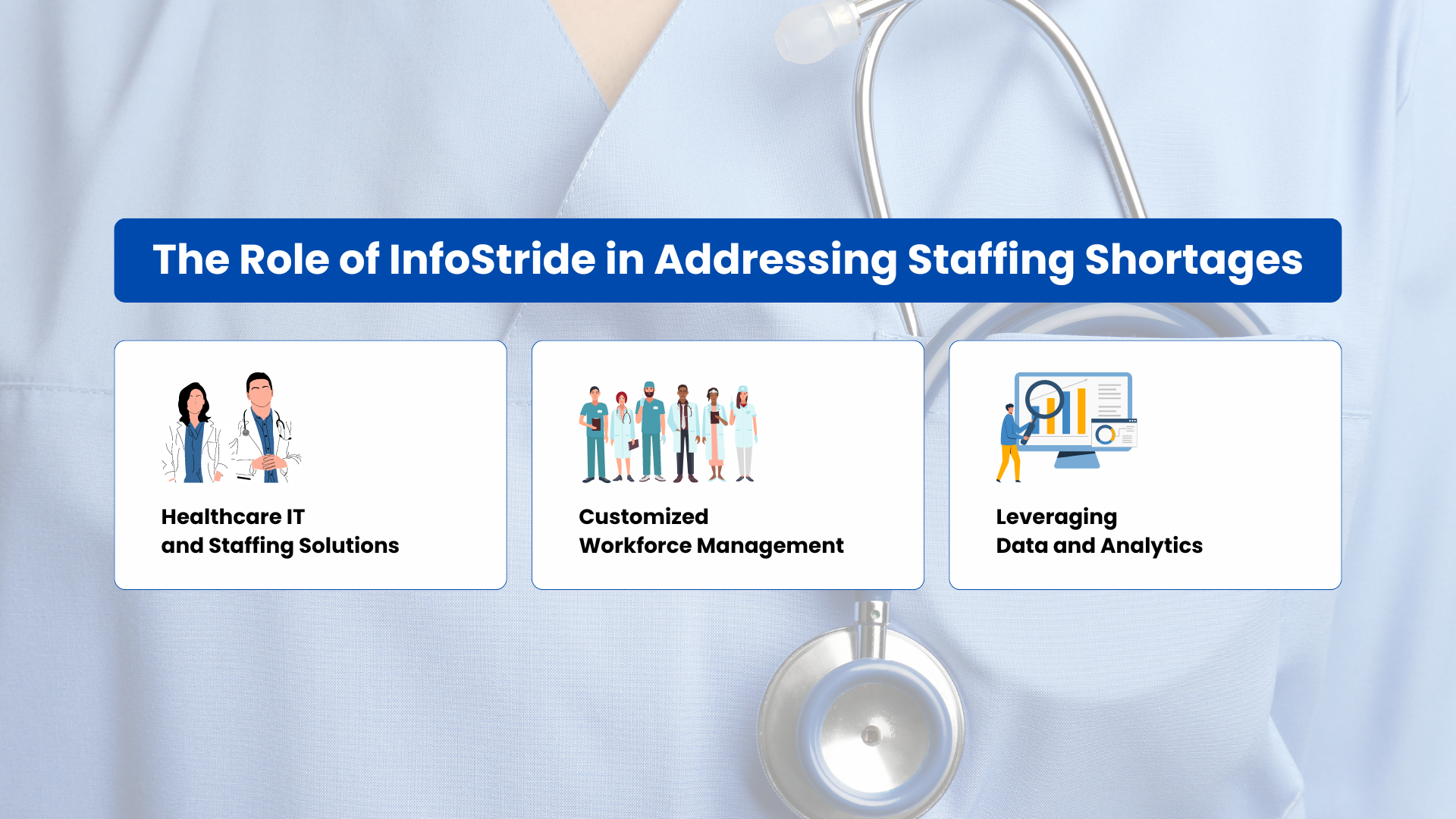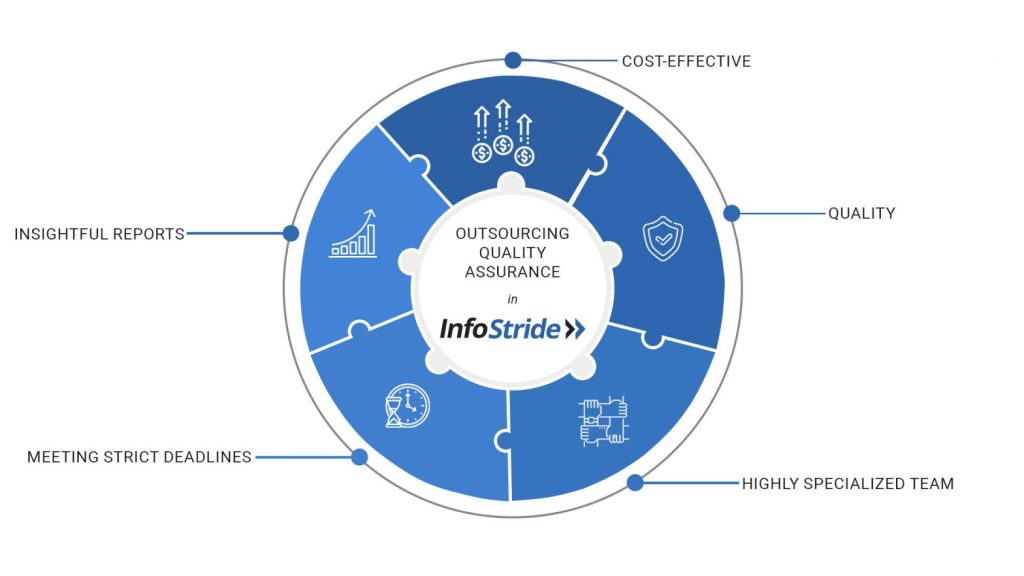Allied healthcare professionals, encompassing a diverse range of roles such as medical technologists, physical therapists, and radiographers, are the backbone of the healthcare system. These professionals, who make up over 60% of the U.S. healthcare workforce, play a crucial role in supporting diagnosis, treatment, and rehabilitation, ensuring comprehensive patient care. However, the allied healthcare sector is currently facing a significant challenge: a widespread staffing shortage that threatens to disrupt the delivery of essential healthcare services.
This shortage is not just a minor inconvenience but a growing crisis. According to EMSI data, there will be an estimated shortfall of over 3.2 million allied healthcare workers in the United States by 2026. This gap is driven by several factors, including an aging workforce, an increase in chronic health conditions requiring specialized care, and the lingering effects of the COVID-19 pandemic, which has exacerbated burnout and job dissatisfaction among healthcare professionals.
The impact of these staffing shortages is profound. Patients are experiencing longer wait times, delayed diagnoses, and reduced access to care, particularly in rural and underserved areas. Healthcare providers, already stretched thin, are struggling to maintain the quality of care amid increased workloads and stress. As the demand for healthcare services continues to rise, addressing these staffing shortages in allied healthcare has become a critical priority for maintaining the effectiveness and sustainability of healthcare delivery systems.
Causes of Staffing Shortages in Allied Healthcare

Understanding the root causes of staffing shortages in allied healthcare is essential for developing effective strategies to address the issue. Several factors contribute to this growing problem, each compounding the challenges faced by healthcare providers. From demographic shifts to systemic inefficiencies, these causes are interlinked, making it crucial to tackle them holistically. Here’s a closer look at the key drivers behind the current staffing crisis.
Aging Workforce:
The allied healthcare sector is witnessing a wave of retirements as a significant portion of its workforce reaches retirement age. Many of these professionals have decades of experience, and their departure creates a void that is difficult to fill quickly.
This demographic shift is particularly challenging because the rate of new professionals entering the field is not keeping pace with the number of those retiring, leading to a growing shortage of skilled workers.
Increased Demand:
The demand for healthcare services has surged, especially in the wake of the COVID-19 pandemic. The pandemic not only highlighted the critical role of allied healthcare professionals but also increased the need for their services.
With a growing aging population and a rise in chronic health conditions, the need for specialized care is greater than ever. However, this increased demand is straining an already limited workforce, exacerbating the staffing shortages across various allied health professions.
Burnout and Job Dissatisfaction:
Allied healthcare professionals are facing unprecedented levels of stress and burnout. The intense pressure to meet the rising demand for services, coupled with long working hours and the emotional toll of patient care, has led to significant job dissatisfaction.
Many professionals are leaving the field or reducing their work hours, further contributing to the staffing crisis. The mental and physical well-being of healthcare workers is increasingly at risk, leading to higher turnover rates and a shrinking workforce.
Educational Bottlenecks:
Another critical factor contributing to staffing shortages is the limited capacity of educational institutions to train new allied healthcare professionals. Many training programs face constraints such as limited faculty, insufficient clinical placements, and outdated curricula.
These bottlenecks slow the pipeline of new entrants into the workforce, making it difficult to keep up with the growing demand. As a result, the number of qualified graduates entering the allied healthcare field each year falls short of what is needed to address the ongoing shortages.
Impact of Staffing Shortages
The consequences of staffing shortages in allied healthcare extend far beyond the immediate challenges of filling vacant positions. These shortages have a ripple effect that impacts patient care, healthcare providers, and the overall healthcare system, creating significant barriers to delivering high-quality care.
On Patient Care:
Staffing shortages directly affect the quality and timeliness of patient care. With fewer allied healthcare professionals available, patients experience longer wait times for appointments, delays in receiving diagnoses, and potentially prolonged treatment timelines.
In some cases, the shortage of specialized staff can lead to compromised care quality, as overworked professionals struggle to manage their increased workloads. This can result in missed diagnoses, medication errors, and less effective treatment plans, all of which negatively impact patient outcomes.
On Healthcare Providers:
The burden of staffing shortages falls heavily on the shoulders of existing healthcare providers, who are often required to work longer hours and take on additional responsibilities to compensate for the lack of staff. This increased workload leads to higher levels of stress and burnout, contributing to job dissatisfaction and further turnover.
Many professionals may feel overwhelmed by the constant pressure, which can lead to emotional exhaustion and a decline in their own health and well-being. The cycle of burnout and attrition only exacerbates the staffing crisis, making it even more difficult to maintain a stable workforce.
On Healthcare Systems:
For healthcare systems, staffing shortages translate into higher operational costs. To fill gaps in staffing, healthcare facilities often rely on overtime, recruitment efforts, and temporary staffing solutions, all of which come with a significant price tag. The frequent turnover of staff and the reliance on temporary workers can also lead to inconsistencies in care, as temporary staff may not be as familiar with the facility’s protocols or the specific needs of its patient population.
Moreover, the ongoing struggle to maintain adequate staffing levels can hinder long-term planning and the ability to invest in other critical areas of healthcare delivery, ultimately affecting the system’s overall efficiency and sustainability.
Strategies to Mitigate Staffing Shortages

Addressing staffing shortages in allied healthcare requires a multi-faceted approach that not only replenishes the workforce but also ensures the retention and well-being of current professionals. By implementing strategic solutions, healthcare organizations can mitigate the impact of these shortages and create a more sustainable workforce. Here are some key strategies that can help overcome the challenges posed by staffing shortages.
Investment in Training and Education:
One of the most effective ways to address staffing shortages is by investing in the expansion of allied health programs. Increasing the capacity of training programs and creating more accessible pathways for students can help generate a larger pool of qualified professionals entering the workforce.
This includes offering scholarships, financial aid, and flexible learning options to attract a diverse group of students. Additionally, partnerships between educational institutions and healthcare providers can ensure that curricula are aligned with current industry needs, producing graduates who are ready to meet the demands of modern healthcare.
Retention Strategies:
Retaining existing staff is just as crucial as recruiting new professionals. Enhancing work environments to promote job satisfaction and reduce burnout is essential. This can include providing mental health support, offering career development and advancement opportunities, and fostering a culture of recognition and appreciation.
Creating a supportive and collaborative work environment helps healthcare professionals feel valued and motivated, reducing the likelihood of turnover and ensuring a more stable workforce.
Technology Integration:
Leveraging technology can play a significant role in alleviating the burden on healthcare staff. The integration of telehealth, artificial intelligence (AI), and automation can streamline routine tasks, allowing professionals to focus on more complex and patient-centric activities.
Telehealth, for example, can expand access to care without requiring additional physical presence, while AI can assist in diagnostics and administrative tasks, reducing the workload on staff. By incorporating these technological solutions, healthcare organizations can improve efficiency and reduce the strain on their workforce.
Flexible Staffing Solutions:
Utilizing flexible staffing solutions, such as locum tenens and temporary staffing agencies, can provide immediate relief to understaffed facilities. These solutions allow healthcare organizations to quickly fill gaps in staffing, ensuring continuity of care without overburdening existing staff.
While not a long-term solution, flexible staffing options can serve as a valuable stopgap measure while more permanent strategies, such as training and retention efforts, take effect. By maintaining a pool of qualified temporary workers, healthcare providers can better manage fluctuations in demand and reduce the impact of staffing shortages.
The Role of InfoStride in Addressing Staffing Shortages

As the healthcare industry grapples with ongoing staffing shortages, InfoStride is uniquely positioned to provide comprehensive solutions that help organizations navigate these challenges. With a deep understanding of the complexities of healthcare staffing, InfoStride offers a range of services designed to optimize workforce management, enhance operational efficiency, and ensure the delivery of high-quality care.
Healthcare IT and Staffing Solutions:
InfoStride combines its expertise in healthcare IT with innovative staffing solutions to address the immediate and long-term needs of healthcare organizations. By integrating advanced technologies such as telehealth platforms, electronic health records (EHR) systems, and AI-driven tools, InfoStride helps reduce the workload on existing staff, allowing them to focus on patient care.
Additionally, InfoStride’s staffing solutions provide healthcare facilities with access to a diverse pool of qualified professionals, ensuring that they can quickly fill gaps and maintain adequate staffing levels even in times of high demand.
Customized Workforce Management:
Recognizing that each healthcare organization has unique needs, InfoStride offers customized workforce management solutions tailored to specific operational requirements. Whether it’s developing flexible staffing plans, optimizing shift schedules, or creating targeted recruitment strategies, InfoStride works closely with healthcare providers to design solutions that align with their goals.
This personalized approach ensures that staffing challenges are addressed in a way that supports both the short-term needs and long-term objectives of the organization, leading to more sustainable workforce management.
Leveraging Data and Analytics:
In today’s data-driven world, InfoStride harnesses the power of data and analytics to help healthcare organizations optimize their staffing levels and anticipate future needs. By analyzing workforce trends, patient demand patterns, and other relevant data, InfoStride provides actionable insights that enable healthcare providers to make informed decisions about staffing.
This proactive approach allows organizations to better manage resources, reduce overtime costs, and improve the overall efficiency of their operations. Additionally, predictive analytics can help forecast staffing shortages before they become critical, enabling healthcare providers to take preventive measures and ensure continuity of care.
Through its comprehensive suite of services, InfoStride empowers healthcare organizations to navigate staffing shortages effectively, ensuring that they can continue to deliver high-quality care to their patients.
Moving Forward Together
Addressing staffing shortages in allied healthcare is not just a necessity but a strategic imperative for ensuring the sustainability and quality of patient care. The ongoing challenges highlight the urgent need for innovative solutions and collaborative efforts to secure a robust workforce. By partnering with InfoStride, healthcare organizations can leverage cutting-edge IT solutions, customized workforce management strategies, and data-driven insights to effectively tackle these staffing issues. Together, we can navigate the complexities of workforce shortages and build a resilient healthcare system that meets the needs of both patients and providers.












